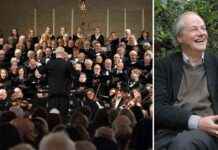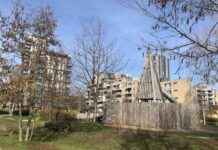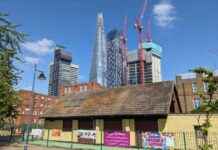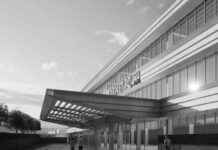In 2024, I challenged myself to explore 25 pieces of London fiction that I had not yet encountered. Peter Ackroyd’s novel from 2003, set in the year 1399, intricately weaves together historical fact, creative fiction, and intellectual exploration to vividly portray the turbulent streets of London.
The narrative opens with a picturesque scene of St John’s Street before dawn, where a pig roams freely and the cries of a baby echo through the tenements. Against the backdrop of King Richard II’s reign and the looming threat of Henry Bolinbroke, a web of conspiracy unfolds as religious zealots plot the downfall of the monarch. Central to the story is Clarice, a nun from St Mary’s, who stirs unrest among the diverse denizens of London, from craftsmen to beggars.
Each chapter reads like a linked cameo, reminiscent of Chaucer’s Canterbury Tales, with murders, explosions, and theological debates adding layers of intrigue. The novel expertly captures the sounds and sights of medieval London, from the rush of water by the River Fleet to the cries of violence that reverberate through the city streets.
Ackroyd’s work is both a scholarly endeavor, steeped in historical detail, and a testament to his imaginative prowess in bringing to life a bygone era. As the characters traverse familiar locations like Threadneedle Street and Little Britain, the modern reader is transported back in time, enriched by a deeper understanding of London’s rich history.
For those familiar with Clerkenwell and the Square Mile, reading The Clerkenwell Tales promises to enhance their appreciation of these ancient streets. The novel serves as a gateway to a world where poverty, violence, and ritual acknowledgments coexist, painting a vivid portrait of a city in flux.
As I continue my literary journey through London fiction, Ackroyd’s masterful blend of fact and fiction in The Clerkenwell Tales stands out as a captivating exploration of a tumultuous period in the city’s history. The novel not only entertains but also educates, offering readers a glimpse into the past while highlighting the enduring qualities of London’s urban landscape.





















